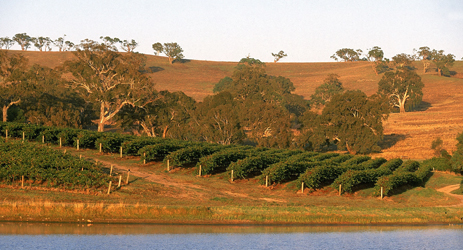

Grape varieties in the Rhone Valley
The diverse climatic and geographic conditions in the Rhone Valley produce a variety of grapes. In the previous Tip of the Days, we already mentioned the most important varieties in both the Northern and Southern Rhone; today let’s talk about their styles

Wine regions in Southern Rhone - Chateauneuf-du-Pape
Although the Southern Rhone accounts for the majority of the production for the entire Rhone Valley region, it doesn’t have as many famous appellations as the Northern Rhone. But the one it has — Chateauneuf-du-Pape — can hardly be overlooked.

Regions in the Northern Rhone - Cote-Rotie, Condrieu, Hermitage
Today let’s focus on some of the most famous appellations in the North Rhone.

The legendary Penfolds Grange
From its first experimental vintage in 1951, Grange was always intended by its creator Max Schubert (1915–1994) to be an icon that would epitomise all that was finest about Australian Shiraz. It was made to be capable of ageing for decades, and many vinta

The “South-Eastern Australia” labelling
You might have noticed “South-Eastern Australia” is specified as the production origin on the label of some branded wines from Australia. Where does this notion come from?

Australian grape varieties
Yesterday we talked about the famous wine regions in Australia and briefly mentioned the classic grape varieties in each region. Today let’s focus on the key grape varieties and their typical characters.

Australian wine regions
As we mentioned in yesterday’s Tip of the Day, inland Australia has very limited water supply, thus most vineyards are planted in regions close to a reliable water source.

Bordeaux trivia (V) — the en primeur system
In April 2012, Chateau Latour announced its decision to leave the en primeur system from the 2012 vintage onwards, which was one of the biggest stories of the year in the wine world. So what is en primeur?

Fortified Spanish wine - Sherry
Sherry is one of the most famous fortified white wine varieties. It is mainly produced in the coastal town Jerez to the southwest of Spain.

Spanish sparkling wine - Cava
Cava is the most prestigious Spanish sparkling wine. It is produced mainly in the Catalunya region, where the word means “cellar”.